Seven American B-2 stealth bombers took off from Missouri in the early hours of Saturday and, roughly 18 hours later, struck two of Iran’s main nuclear sites. At the same time, a US submarine fired over 24 Tomahawk missiles at Isfahan, a third site.
Here is our story on how the B-2 mission unfolded, including the “head fake” that involved another group of B-2s that served as decoys by flying west towards Guam. Doug Birkey, head of the Mitchell Institute for Aerospace Studies, told me that the B-2s used a “conceal-reveal” tactic where the bombers flying west over the Pacific made themselves visible at times, while the bombers flying to Iran stayed in stealth mode.
General Dan “Razin” Caine, the chairman of the US joint chiefs, used this graphic to help people understand the hugely complex bombing mission, dubbed Operation Midnight Hammer. The operation involved the B-2 bombers flying their longest missions since just after 9/11. It was also the first time that the Pentagon used its huge Massive Ordnance Penetrator - aka “bunker-buster” bombs - in a conflict.
The FT has copious coverage on the conflict. Here are just some of our stories:
Trump taunts Iran with prospect of “regime change” after strikes on the country
In Maps: Iran’s three nuclear sites targeted by US B-2 bombers
My pivot to the Indo-Pacific as US-China Correspondent may be unwound for a few days as I help our team cover the attack on Iran and possible retaliation from Tehran. Nato leaders meet in The Hague this week, which is another thing to keep an eye on.
Here is a B-2 photo I took at Amberley air force base in Australia when I travelled with Admiral John “Lung” Aquilino, then commander of US Indo-Pacific command.
One amazing thing about B-2 bombers is they are refueled in air, allowing them to fly from Missouri to Iran and back without having to land once. Here are some photos I took years ago when I traveled to China with Donald Rumsfeld. The images were shot from the cockpit of the E4-B, or Advanced Airborne Operations Center. I will always be grateful to Skip Bailey, the pilot on the trip who let me shoot from behind his neck.
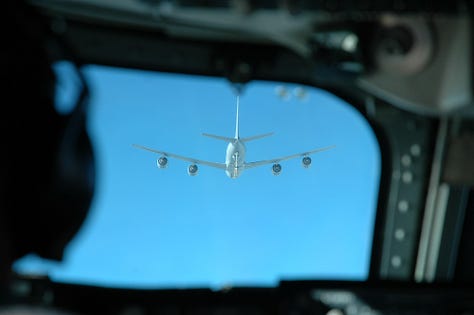
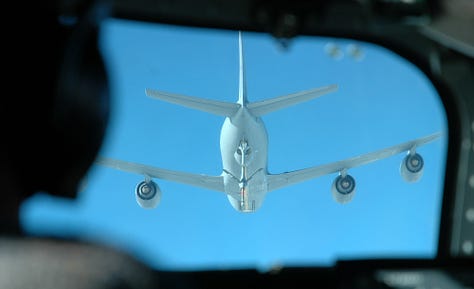

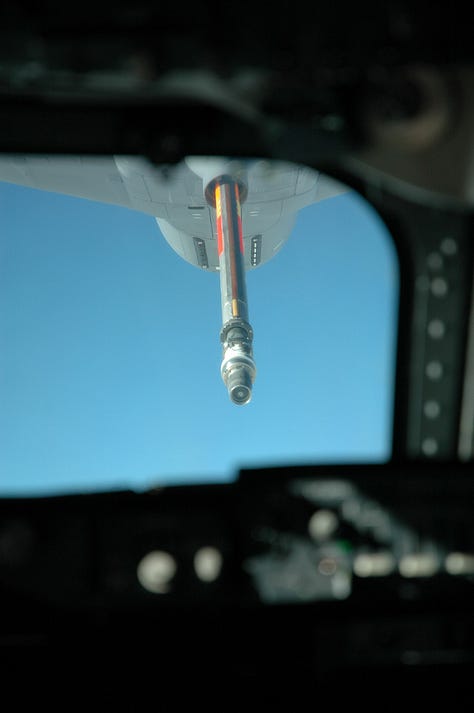
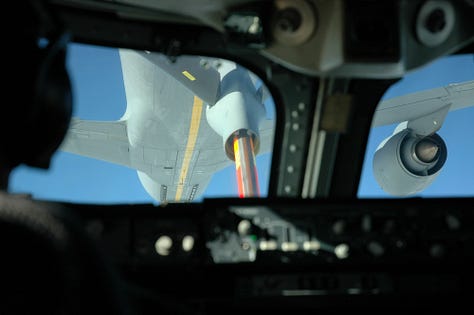

I managed to snap a photo of Rumsfeld in his cabin too. His team asked if “the photographer” could take some images. He said “yes” before realizing that it was me and not David Kennerly, a Vietnam-era Pulitzer prize-winning photographer who Rumsfeld had invited to cover his historic trip to Beijing.
Here is a very blurry image (sorry David) of Kennerly at Shannon Airport, and another image that David took of Rumsfeld and myself drinking Irish coffee at the airport bar. Check out David’s incredible portfolio by clicking here.

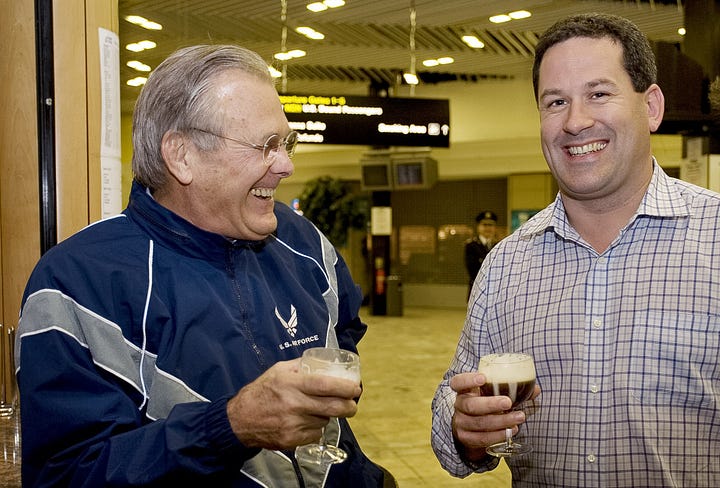
Until next time, over and out.





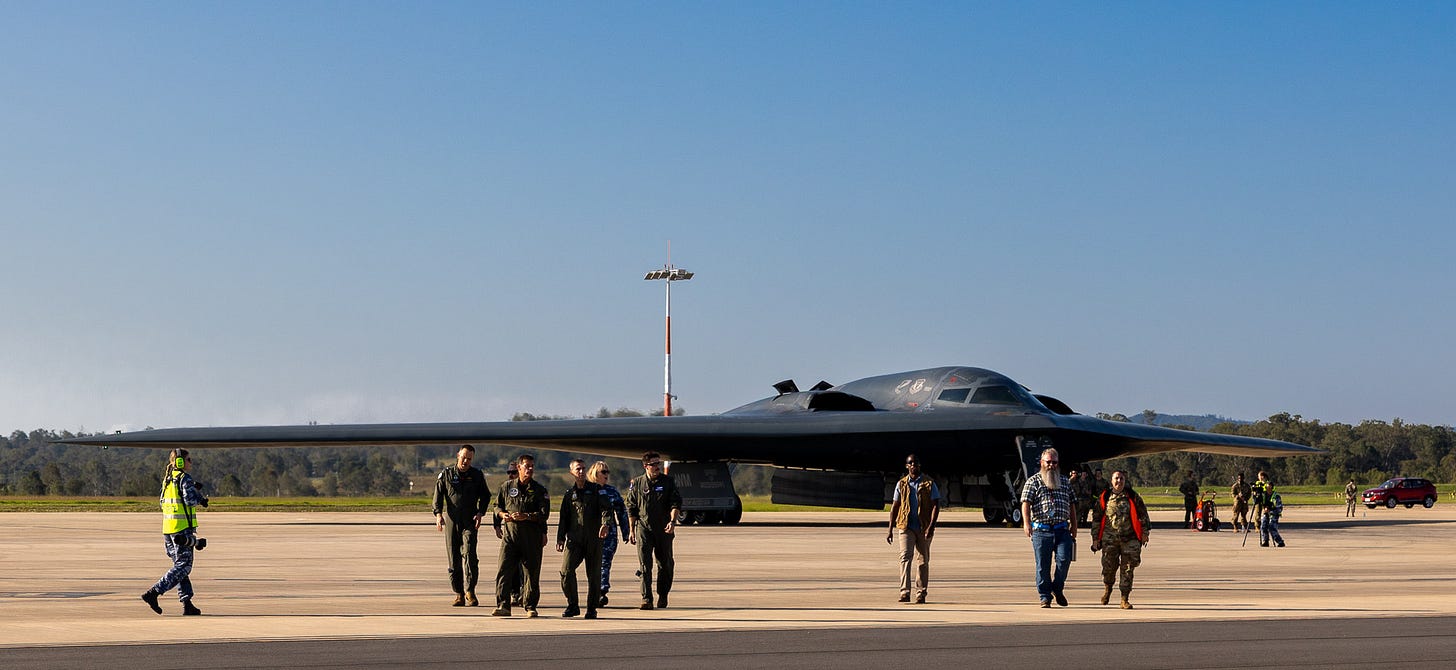

I wonder if the head fake was meant for China as well as others. The Pentagon has got to worry about Chinese intelligence sharing with Iran which is extensive.
Great to see you here, Demetri. Been following your work on the FT too.